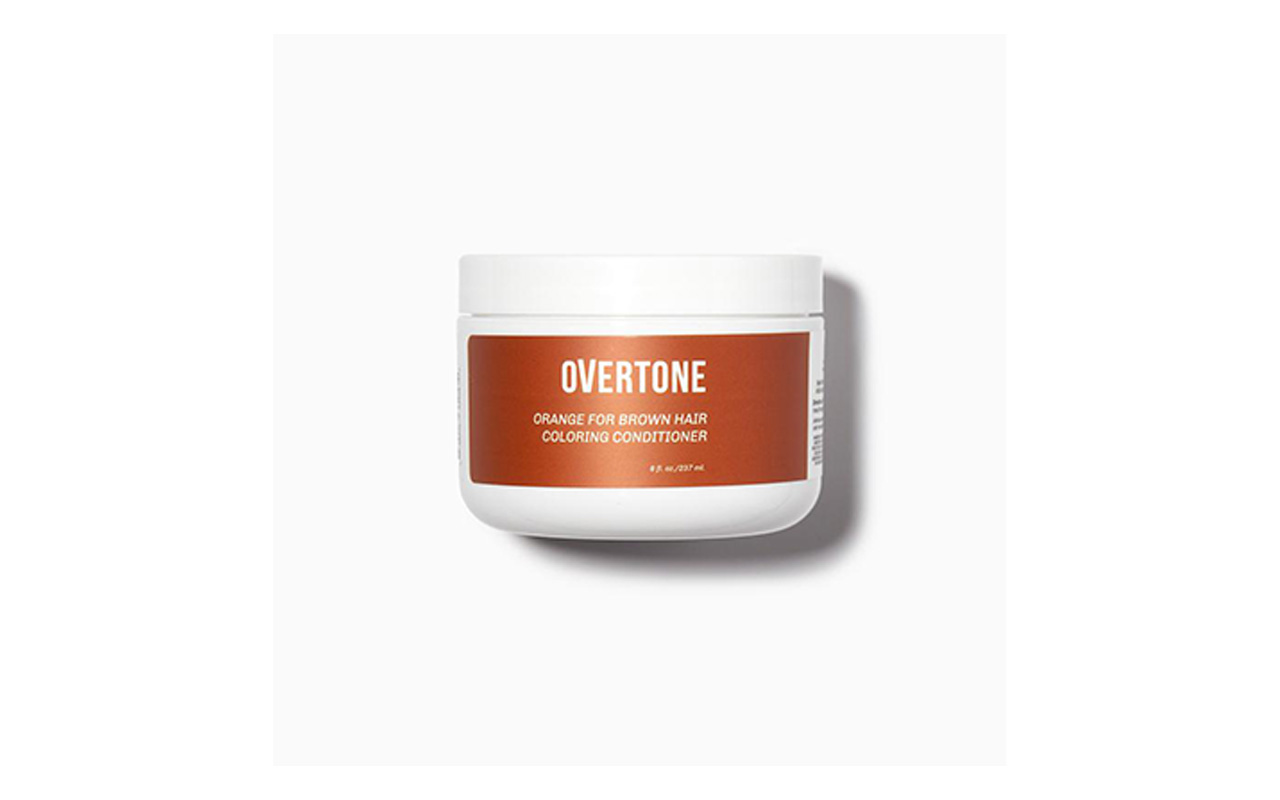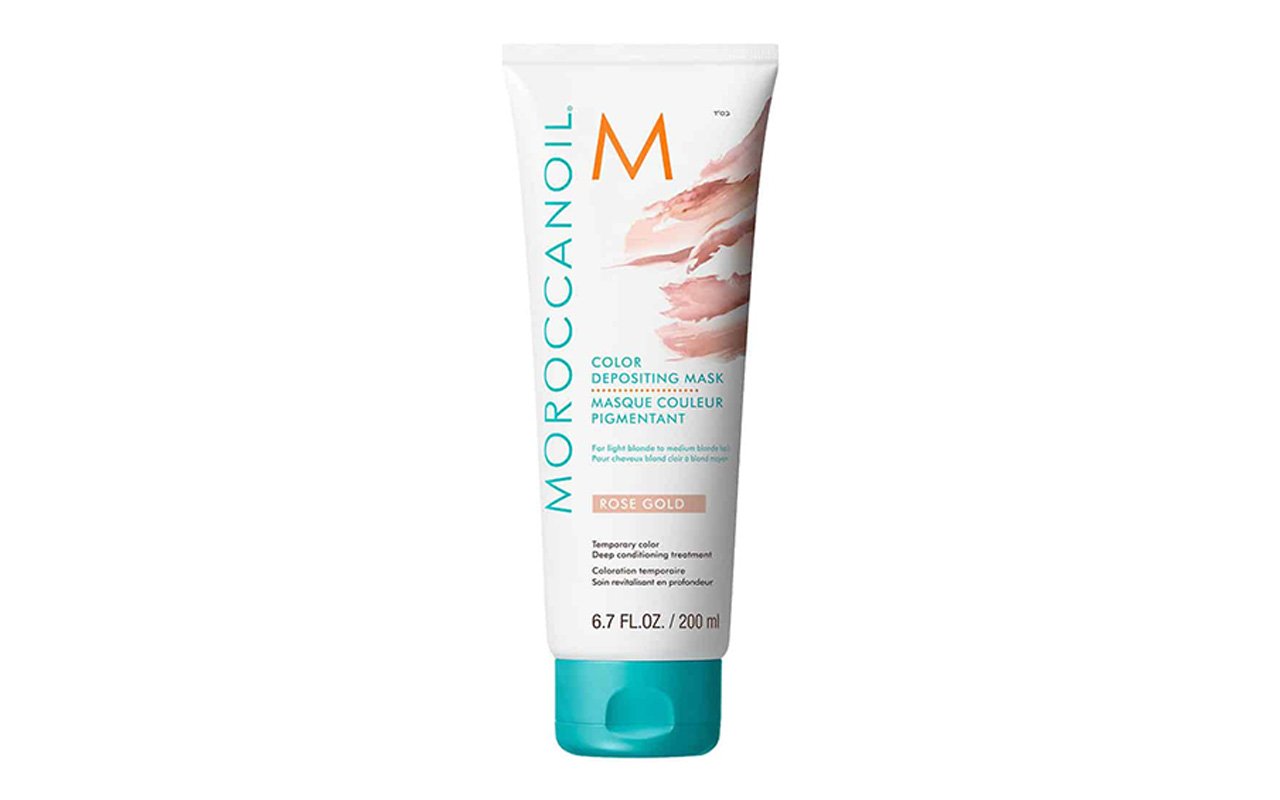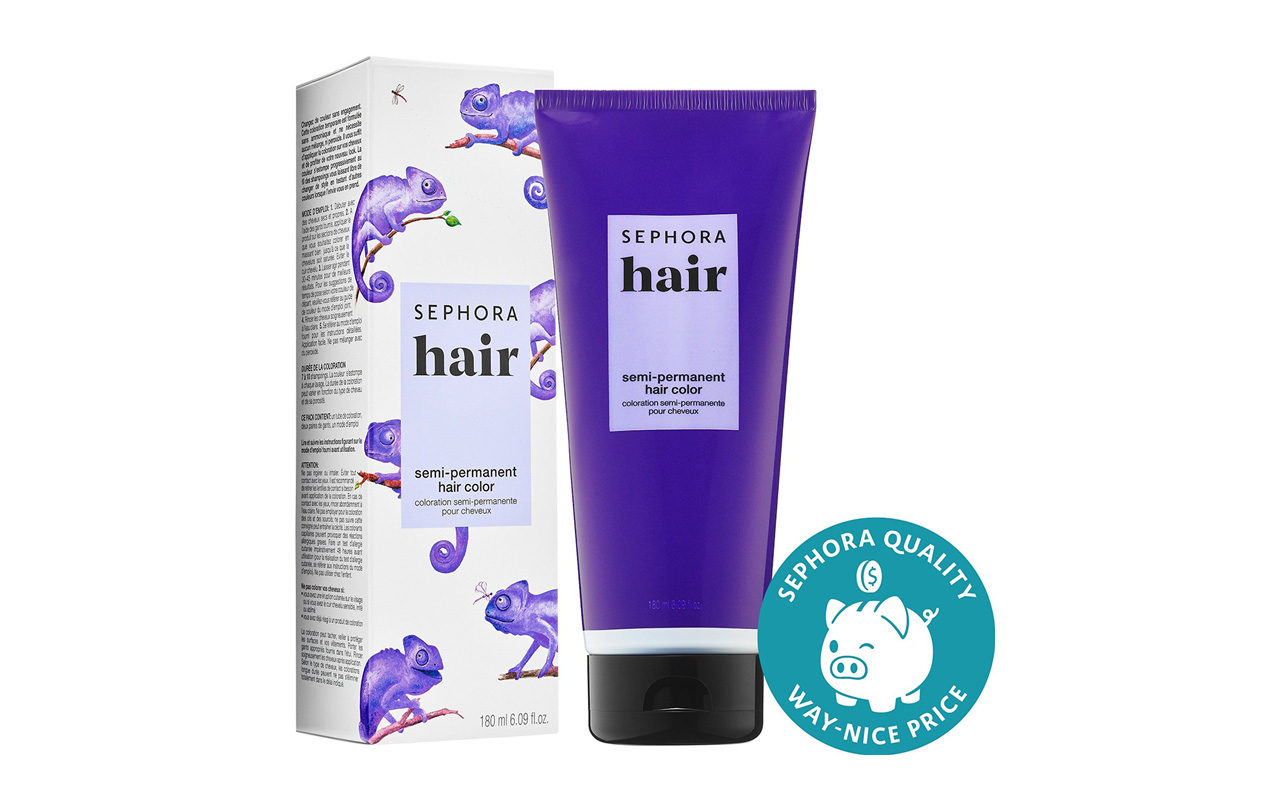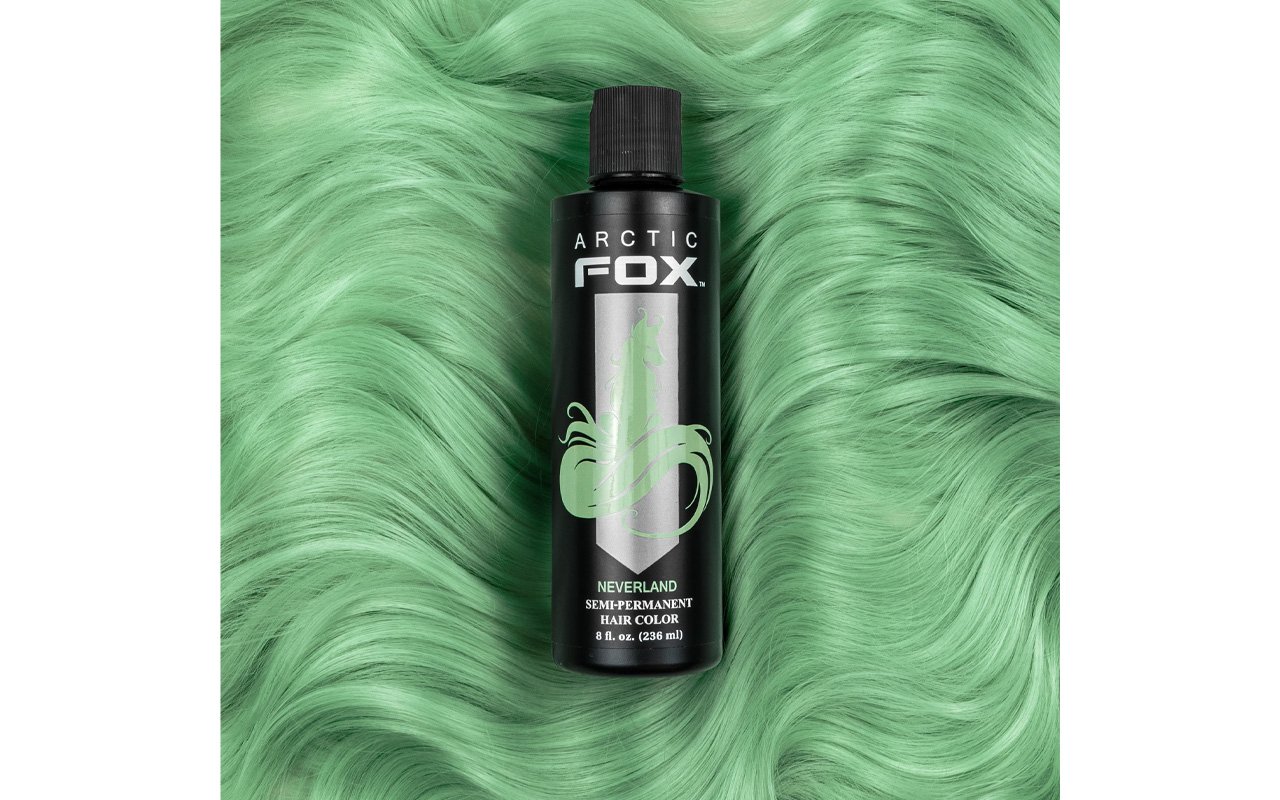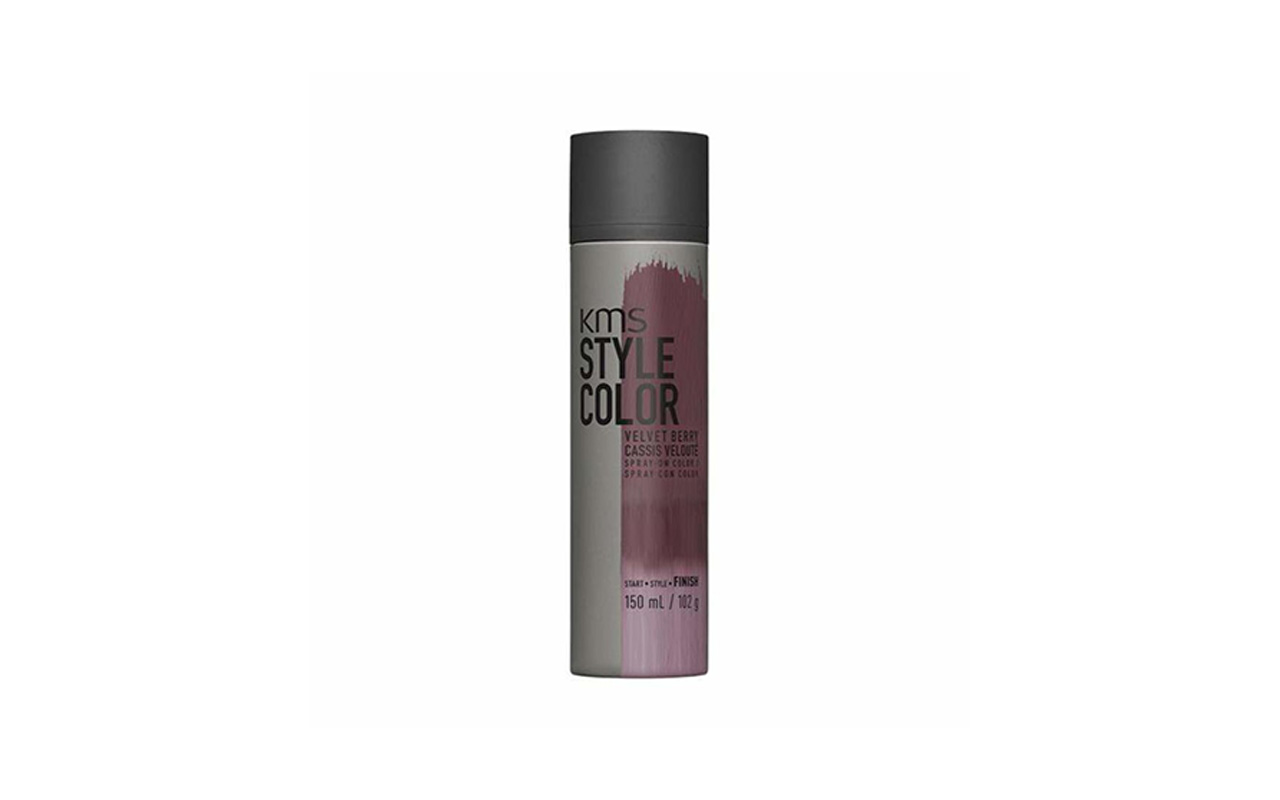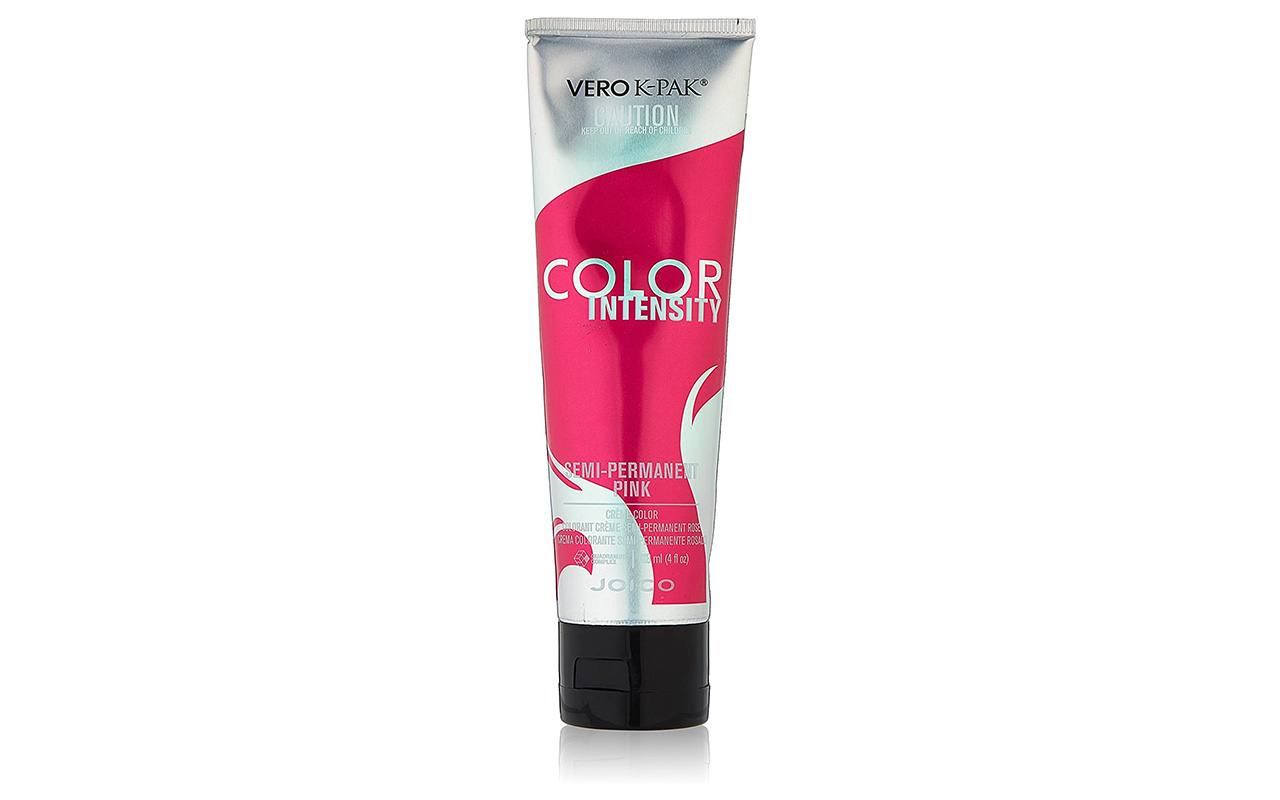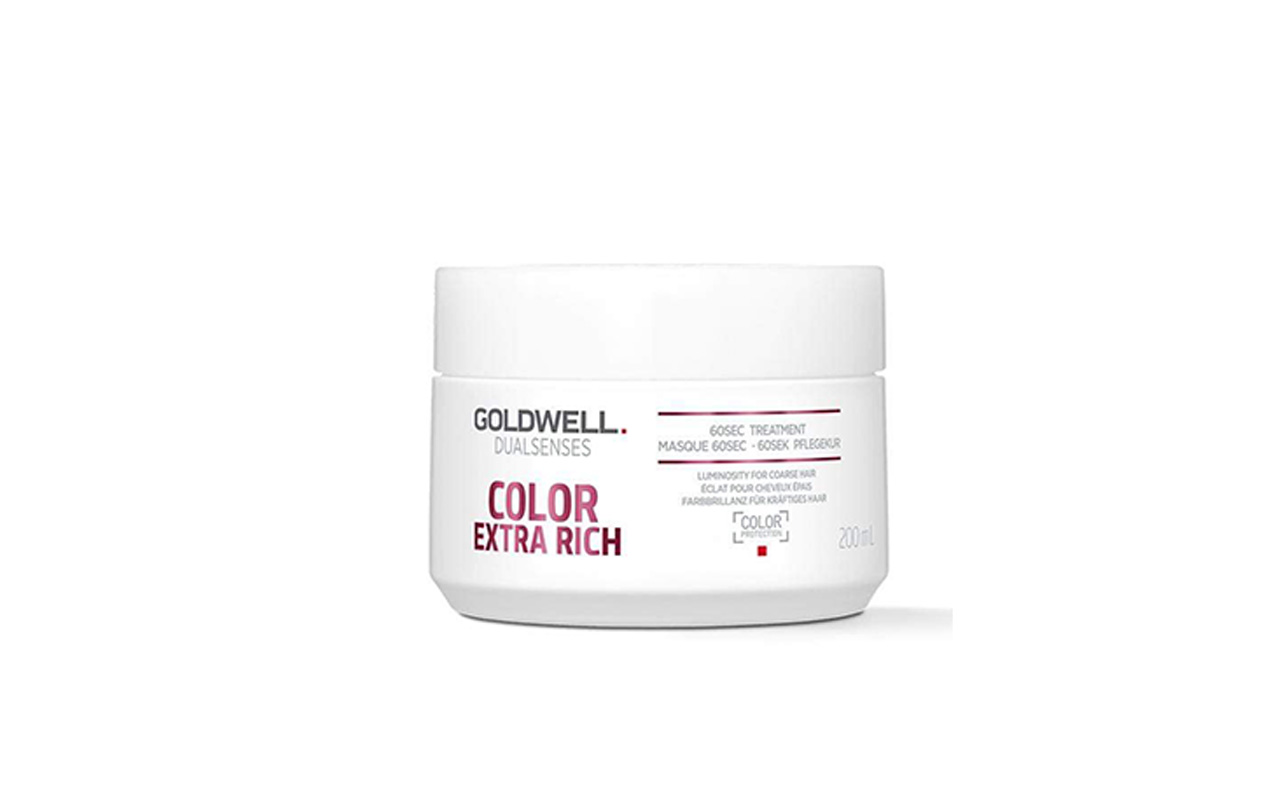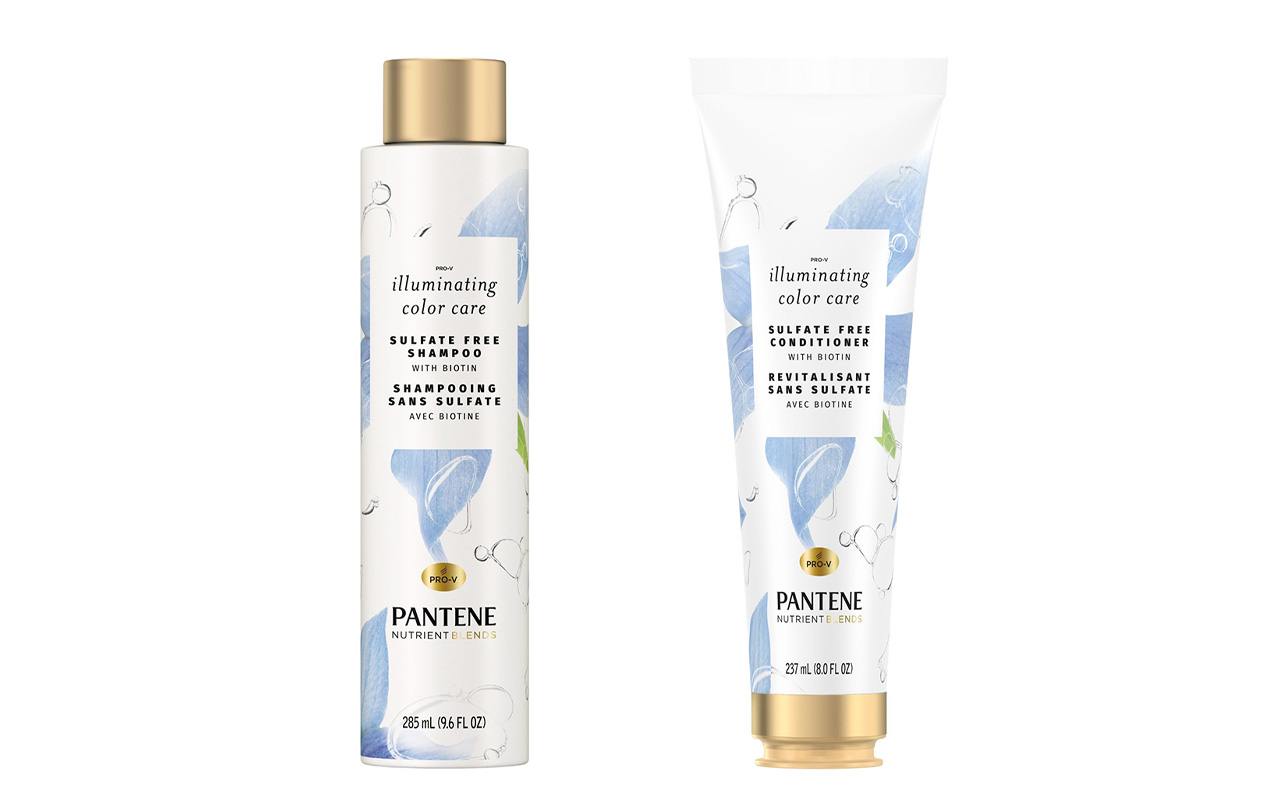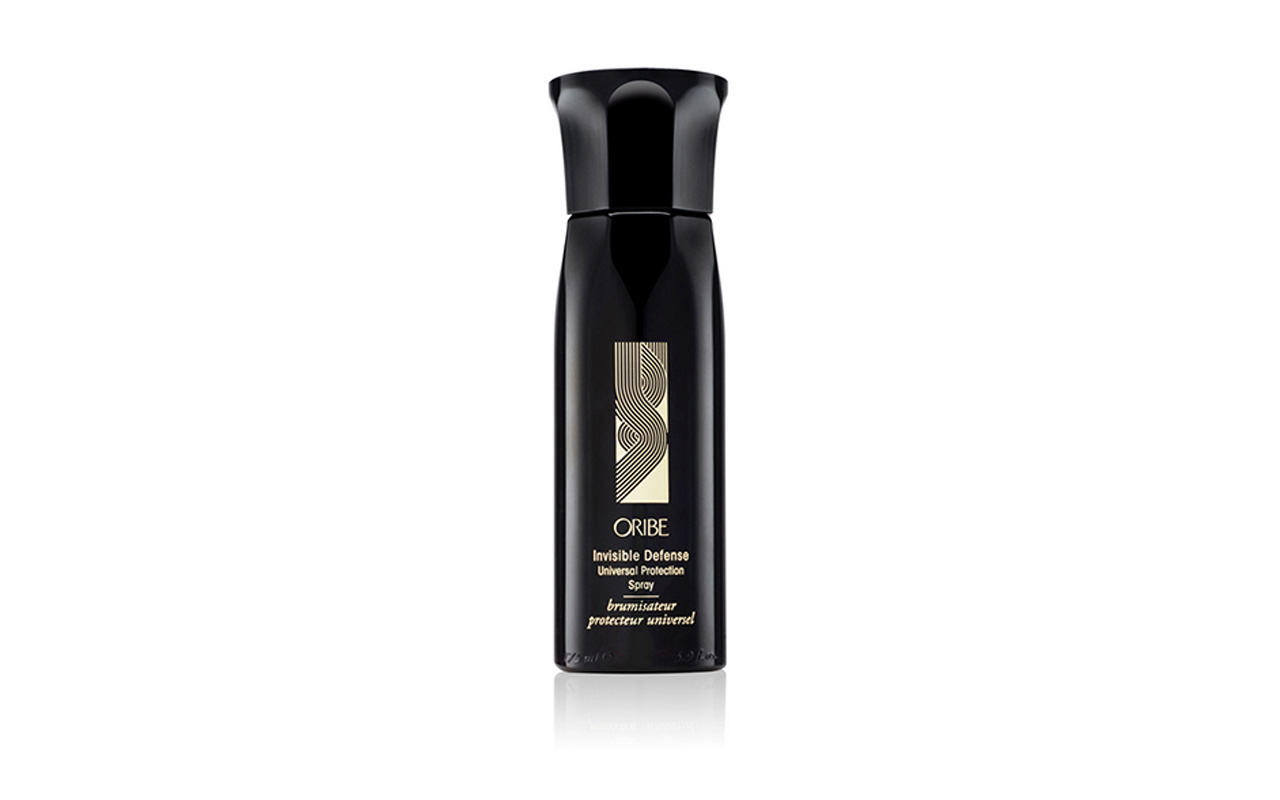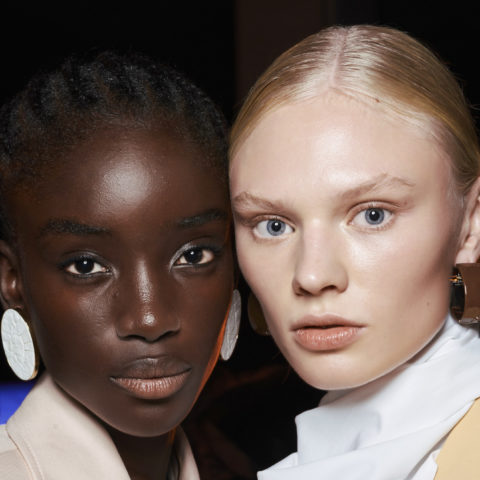Your Guide to Getting the Rainbow Hair Colour of Your Dreams
Including the products you need to do to make your pastel pink, slime green or teal hair last
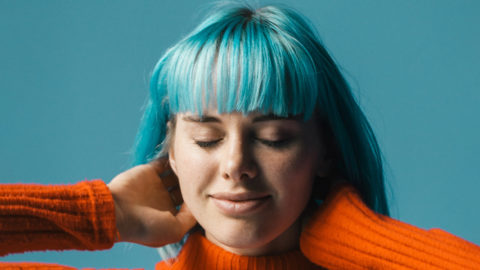
From Hilary Duff’s mermaid blue mane to Keke Palmer’s tangerine tresses, rainbow hair colours are having a major moment. And why shouldn’t they be? With most of us in self-isolation due to COVID-19, now is the time to start experimenting with those fun hair colours you may have been curious about but hesitant to explore before. The best part? These shades are semi-permanent or temporary, making them perfect for commitment-phobes. But even though rainbow hues aren’t meant to last, dyeing your hair an out-there shade isn’t as easy as your standard half-head of highlights. There are a few things you need to consider before—and after—hitting the bottle.
To bring you the top tips and tricks, we chatted up two experts on the subject matter, Kevin Hughes, artistic director for Moroccanoil, and Krysten-Ashley Garrod, Elite Master Stylist and National Artist for Goldwell Canada, and asked them to spill on how to nail your dream rainbow hair colour.
Be realistic
Before your big transformation gets underway, both Garrod and Hughes say to be realistic with your expectations of your new hue. “People need to understand the limitations of the products that they’re using,” says Garrod. She says that lighter hair will have more vibrant results whereas the end result may be more subtle on darker strands. Something else to take into consideration is the undertone of your hair, as it may impact the results of your dye. For example, if you’re doing an icy blue shade on your golden blonde hair, the colour could wind up being green because of the yellow from your blonde, says Hughes. To get the best results, match your undertone to your dye, so cool-toned hair like ashy blondes or brunettes will colour best with cool-toned shades like blues and purples. And the same goes for warm tones—golden manes will react best with rich, warm-toned dyes like peach and pink.
Don’t bleach at home
While experimenting with colour under lockdown is encouraged by our experts, both advise against more drastic hair changes like bleaching. “In the salon, we approach any colour process that lifts the hair two shades lighter or permanently deposits two shades darker than what our client walked in with as a colour correction,” says Garrod. These major transformations need to be left in the hands of professionals, period. Any big change done at home, like lightening hair, drastically increases the chance of damaging your mane making it difficult (or potentially impossible!) to fix. But just because bleaching is a no-no, that doesn’t mean brunettes can’t get in on the rainbow colour fun. There are lots of dyes on the market now that are formulated specifically for darker hair, offering hues from rich purple to emerald green.
Pre-treat yo’ hair
To maximize your colour and get the most professional-looking results, Garrod suggests getting your hair in its best possible condition before dyeing. “The brightest, most consistent results will always be achieved on the healthiest hair, as unhealthy hair may lead to unexpected or uneven colour results.” She suggests treating your hair to a deep conditioning mask prior to dyeing as the treatment will help the colour to take more evenly throughout your hair. “The more even your hair canvas is before you start, the more evenly the colour will deposit,” she explains.
Take the time to do a strand test
To know exactly what you’re getting into colour-wise, Hughes recommends doing a strand test first. “Take a small strand of your hair from underneath and apply the same amount of colour you are thinking of using onto that piece,” he says. Let that colour sit for the recommended time and then rinse and dry your hair. “This will let you see what the colour result will be, before committing to doing your entire head.” Makes sense, no?
https://www.instagram.com/p/B-5QP2gjqqr/
Pick your product wisely
No matter if you want to dabble in rose gold or bright orange, the key words you want to look for on the bottle are “semi-permanent” or “temporary” colour. “These colours are deposit-only, and typically only last a few washes to a few weeks, giving you more flexibility and minimizing damage both immediately and in the future for removal,” says Garrod. In terms of longevity, Hughes says that temporary colour will give you the most short-term change, with semi-permanent dyes lasting a bit longer; but both will eventually fade from the hair.
Build your tool kit
Before doing the deed, Hughes recommends going through this checklist to get yourself properly prepped. Have on hand a pair of plastic gloves to protect your mitts from staining, a bowl to mix your colour in, a brush or wide tooth comb for application, a cape or old T-shirt to protect your clothing and a towel to drape over your countertop and sink to ensure no wayward drips leave a stain.
Section like a pro
In addition to the above list, Hughes also advises digging up some hair clips (think butterfly clips or metal barrettes; anything that’s strong enough to hold hair) and sectioning your hair off before dying. He recommends doing four quadrants of hair as that will help keep things tidy while colouring and prevent colour from getting messy. Within each of the four sections, take thin subsections to apply your colour to ensure dye saturation and avoid patchiness. If you’re quarantining with other people, try enlisting a buddy to help you with the back of your head. “It’s difficult to reach the back of your head on your own and [your helper] can move around your head easily and won’t miss any spots,” he says. If you’re dying solo, use two mirrors to get a good look at the back of your head to ensure all your hair is evenly covered.
Take your time
You’d think this next step is a no-brainer but it bears repeating: read the directions carefully. To ensure you get the best results, don’t stray from the guidelines on the box or the instructions your stylist has given to you, and don’t rush through the steps. Apply your colour on clean, towel-dried hair and be methodical with your application to make sure that you’re applying the dye with even saturation, says Garrod.
Ask your stylist
Still unsure about what colour you should try or what product to use? Reach out to your trusted stylist. “They know you and your hair and will be in the best position to give you the most accurate advice,” advises Garrod. Just remember to leave more permanent changes to your stylist when you get back to the salon.
https://www.instagram.com/p/B_klSTUj0fE/
Customize your colour
If you’re looking for a more pastel hue or want to try a softer tint before jumping into the rainbow world, there’s an easy hack you can do to customize your colour. Hughes recommends mixing your semi-permanent or temporary colour with a white conditioner or hair mask to dilute it. “I recommend this especially if it’s your first time [trying these colours],” he says. “This will usually make the colour lighter and stay in the hair less time.”
Get even
Unfortunately, not all hair on the head takes colour the same, which can mean a patchy dye job. This is especially common if your strands have been lightened as some areas of your hair may be more porous than others. “[When colouring] a simple rule of thumb is to focus on covering any new growth first, whether that’s grey roots or darker root colour as the dye can stay on that area the longest,” says Hughes. He explains that if you’re colouring the ends of your hair, they are more likely to take the dye more quickly so comb your colour through them at the end of your dye session, not the beginning. Once applied to your ends, leave the colour on for a shorter period of time, around five to seven minutes.
Try a super-temporary tint
If diving into a semi-permanent colour is still daunting, try hair makeup, a chalk-like colour that sits on top of dry hair. Garrod also recommends a spray-on colour. “A temporary spray-on colour can give bright results even on dark canvases,” she says. These colours are typically waterproof and transfer-resistant and are removed after a single shampoo sesh.
Make it last
While the nature of semi-permanent colours is that they aren’t meant to be long-term, there are plenty of factors that contribute to pastel or rainbow colours fading faster, including the condition of your hair, your water’s pH level and minerality, what products you’re using on your mane and more, says Garrod. To keep your new hue intact for as long as possible, our experts share a few tips and tricks for making your colour go the distance.
“My biggest tip is don’t wash your hair as often,” says Garrod. To keep oil at bay, she recommends using a dry shampoo which will let you go longer between washes.
In addition to washing it less, Hughes advises giving your mane a rest from hot tools since heat can fade hair colour and make it look uneven. If you can’t stop blow drying and heat styling, a heat protectant product is a no-brainer. Not only will it shield your colour but it will also protect it against the colour-zapping rays from the sun, another culprit for colour fading, says Hughes.
Last but not least, both experts stand by the importance of using colour-safe shampoos and conditioners to keep your colour intact. Look for formulas that are sulfate-, phosphate- and paraben-free as those harsh ingredients can strip away your dye job real quick.




